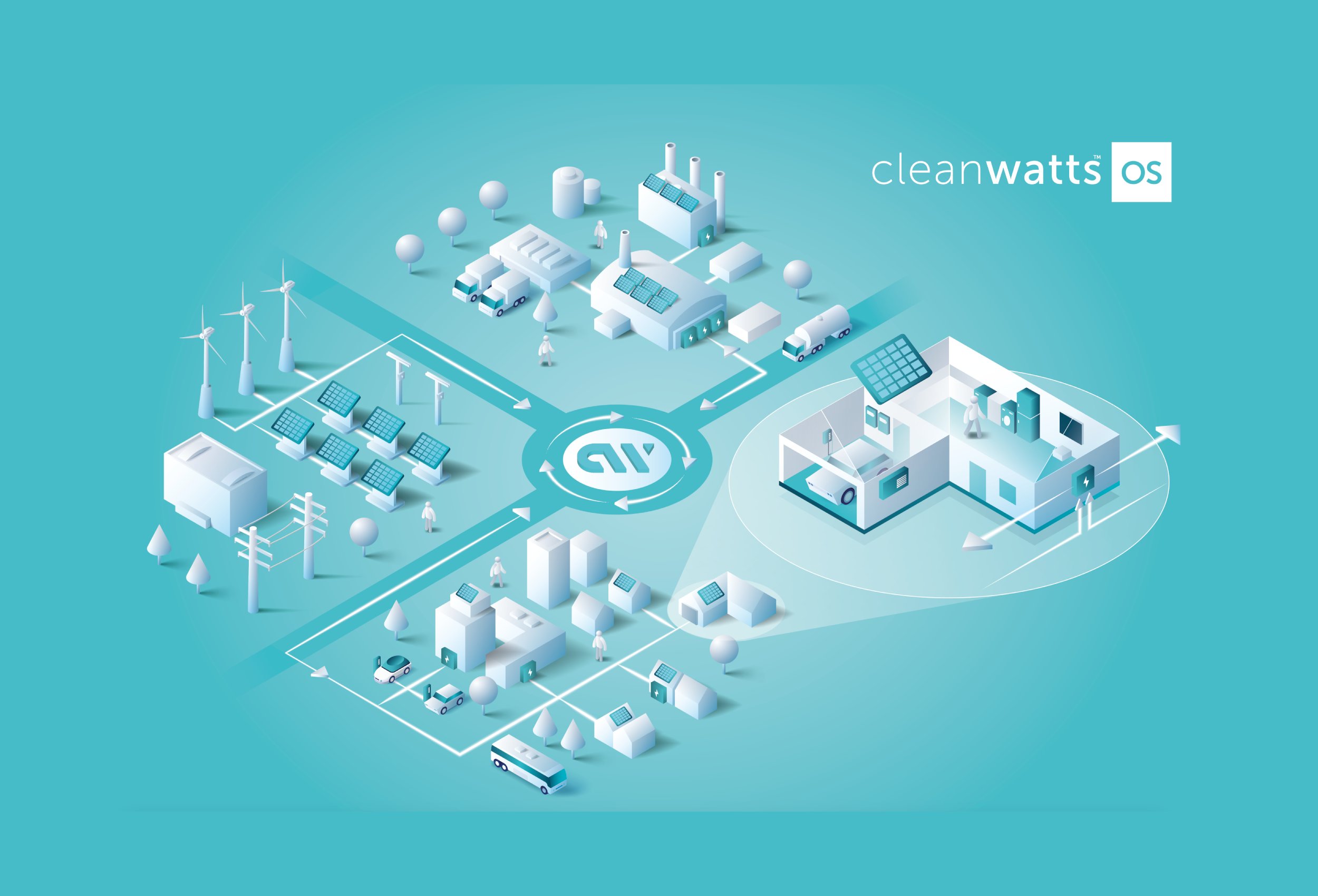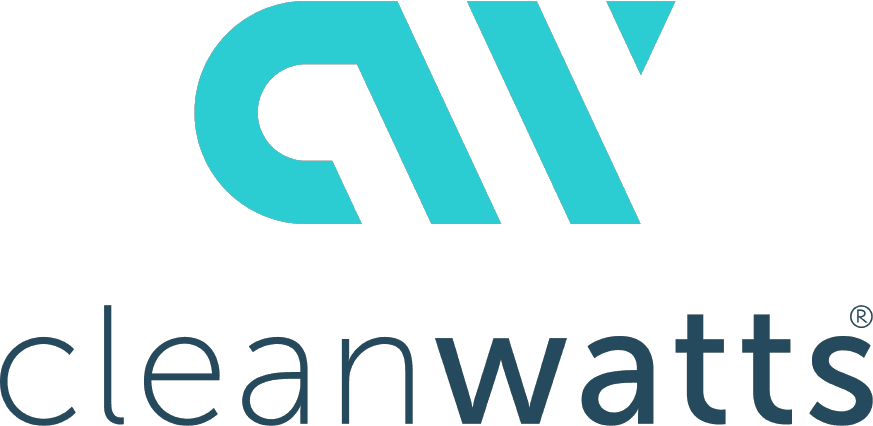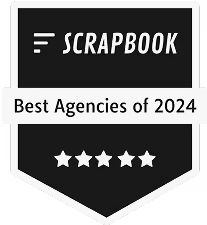How a Grid Mod Solution Built Their Utility Sales Motion in < 90 days
Loopback Systems delivers communication and monitoring solutions for Utilities integrating Distributed Energy Resources (DERs). Their flagship product, powerWatch, gives utilities a direct, encrypted SCADA connection to DER sites, eliminating complexity, delays, and the OpEx burden of traditional integration.

Across the U.S., utilities are under growing pressure to bring new distributed energy resources (DERs) online quickly and securely, but most are still wrestling with outdated processes, fragmented communications, and departmental silos that weren’t built for the scale of today’s interconnection requests.
The result is a widening gap between policy ambitions and operational reality: projects delayed for months or even years, rising coordination costs, and growing cybersecurity exposure.
Having worked alongside utilities navigating these challenges firsthand, Loopback Systems understands that the core issue isn’t technology, it’s the lack of standardization and visibility across teams.
The Challenge
When Loopback approached Cleantech Growthlab, the technology was ready but the market was not. Most utilities know the pain of DER integration but don’t realize there’s a standardized, utility-controlled way to fix it.
Additionally, there was no website, no positioning, and no outreach. Utilities could not see the product’s value or understand how it fit their procurement workflow.
The utility industry is also notoriously difficult to penetrate. Long procurement cycles, rigid approval hierarchies, and the absence of standardized processes for DER integration slow adoption of even proven solutions.
Each project involves multiple departments, all with different priorities and risk tolerances, making it hard for innovation to find its way in.
What we faced:
- Complex, technical messaging with no commercial translation
- No digital presence or sales collateral
- Multi-stakeholder procurement processes across 6+ departments
- No pipeline and no references to existing market traction
The assignment we set was to build credibility, GTM infrastructure, and a repeatable sales system within 120 days.
Our Approach
Step 1. Market Architecture Analysis
We began by mapping the real structure of utility buying. Through workshops and interviews, we identified the five main stakeholders involved in the decision making process: Standards, Cybersecurity, GridMod, Metering, and Telecom.
We then designed a GTM sequence that matched those gates, aligning messaging, collateral, and sales motion to the way utilities actually make decisions.
The Insight Gained: selling faster starts by speaking procurement language, not marketing language.
Step 2. Positioning Architecture

We converted Loopback’s technical foundation into an operational story that utilities could act on. After interviews with the founder we were able to summarize the positioning in one line:
One connection. Complete control. Zero utility burden.
Building on this theme, we could link every piece of content to measurable outcomes that spoke to the target personas' actual painpoints:
- Fewer truck rolls
- Faster site commissioning
- Reduced coordination load
- Predictable standards for DER integration
The result is a credible message built for control-room professionals, not tech marketers.
Step 3. Building the Commercial Foundation
We launched www.loopbacksystems.com with content tailored to GridMod, SCADA, and Telecom teams. We designed the site layouts and placed every headline, paragraph, and spec to mirror how utilities understand and write their own internal documentation.
Deliverables included:
- Full website with outcome-led copy and SEO structure
- powerWatch sales deck for utility presentations
- Technical one-pagers and compliance briefs
- “RTAC-plus” spec sheet for standards review
- Brand system and content style guide
This gave internal champions materials they could circulate directly to standards, cyber, and P&C departments.
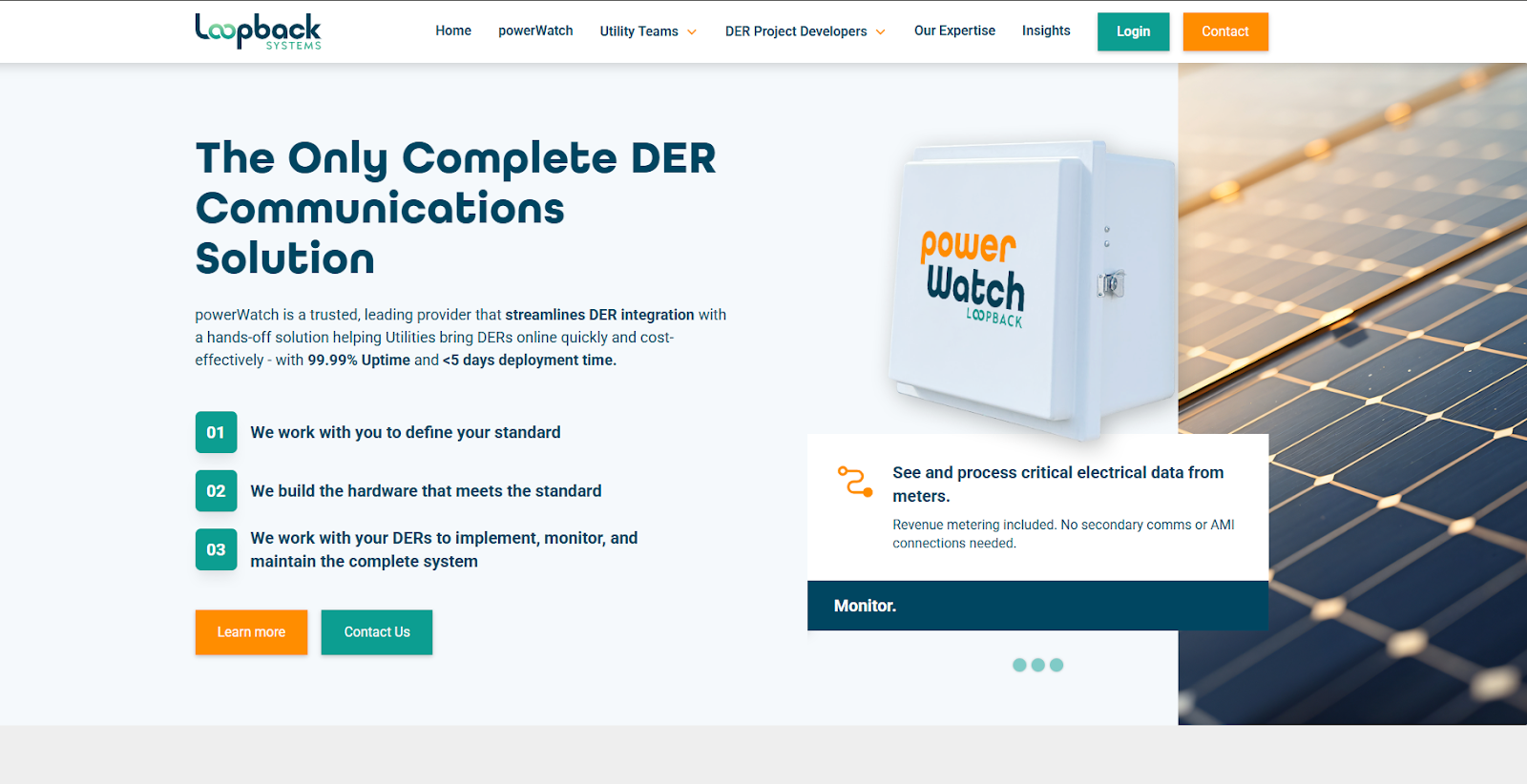
Step 4. Sales Engine and ABM Activation
We built segmented Apollo lists of IOU decision-makers by region, operator, and technical function. Each campaign mirrored the utility procurement rhythm:
- Standards validation
- Security documentation
- Workflow integration
- Commissioning
Outreach sequences were written in a utility-native voice, focused on reducing workload and maintaining firewall control.
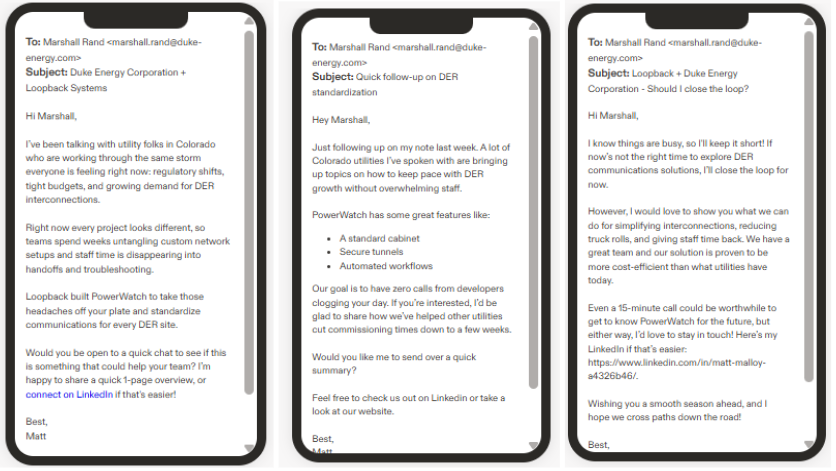
We paired this with internal Looker Studio dashboards for campaign monitoring, outreach and web tracking, delivering real feedback into weekly growth loops with the sales team.
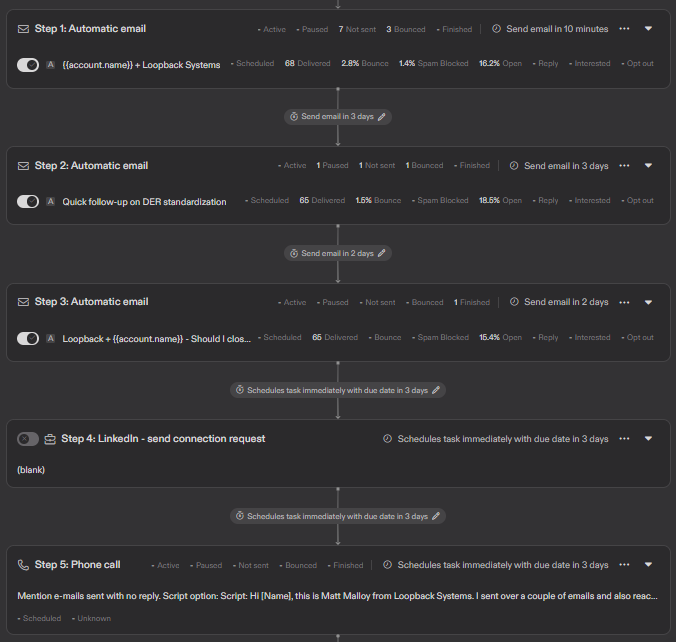
Step 5. Procurement Alignment
We designed all collateral to fit utility documentation workflows. In parallel, we created an OPT-18 and ISO-NE compliance checklist that utilities could drop into their internal review process. This step transformed powerWatch from “new vendor” to “standard cabinet,” aligning with the RTAC-based architectures utilities already trust.
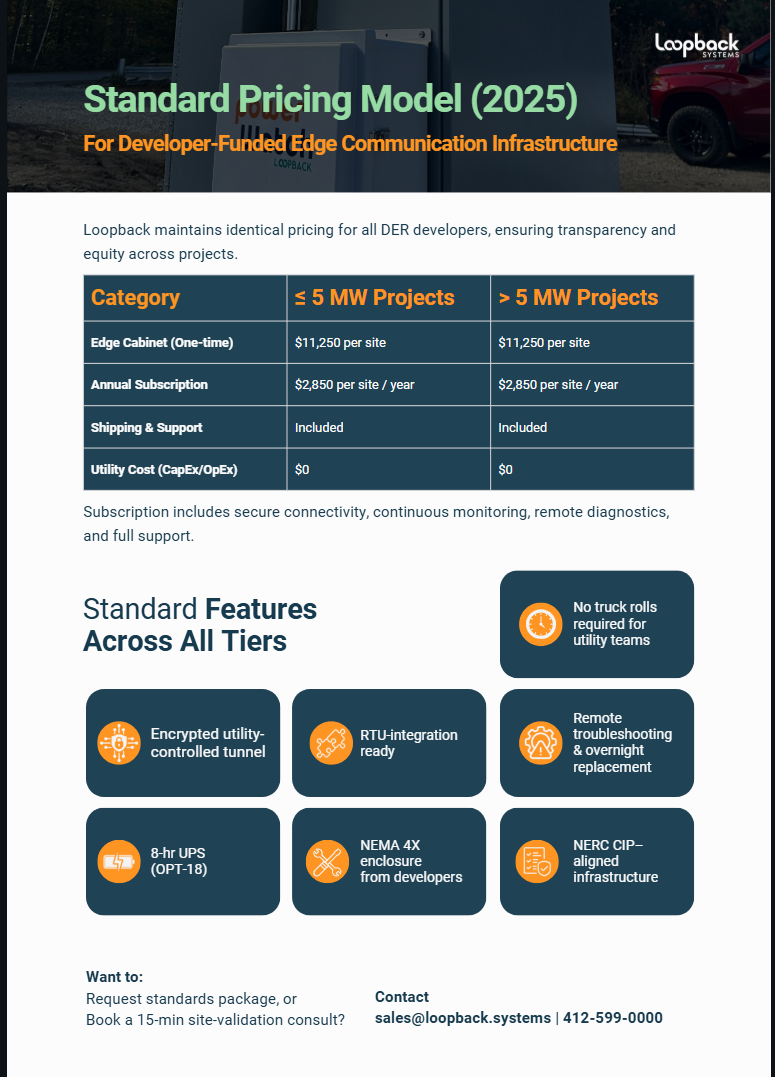
Step 6. Continuous Growth Loops
The 120-day program installed three permanent rhythms that still guide Loopback’s commercial operations:
- Weekly Growth Loops: Tactical alignment based on live utility calls and small-scale optimization.
- Monthly Reviews: Data-driven performance analysis and iteration.
- Quarterly Sprints: Strategic recalibration tied to new regulations or utility feedback.
These loops ensured that all of our efforts were based on real-time learnings and optimized constantly. With this, every new operational cycle became faster and more predictable than the last.
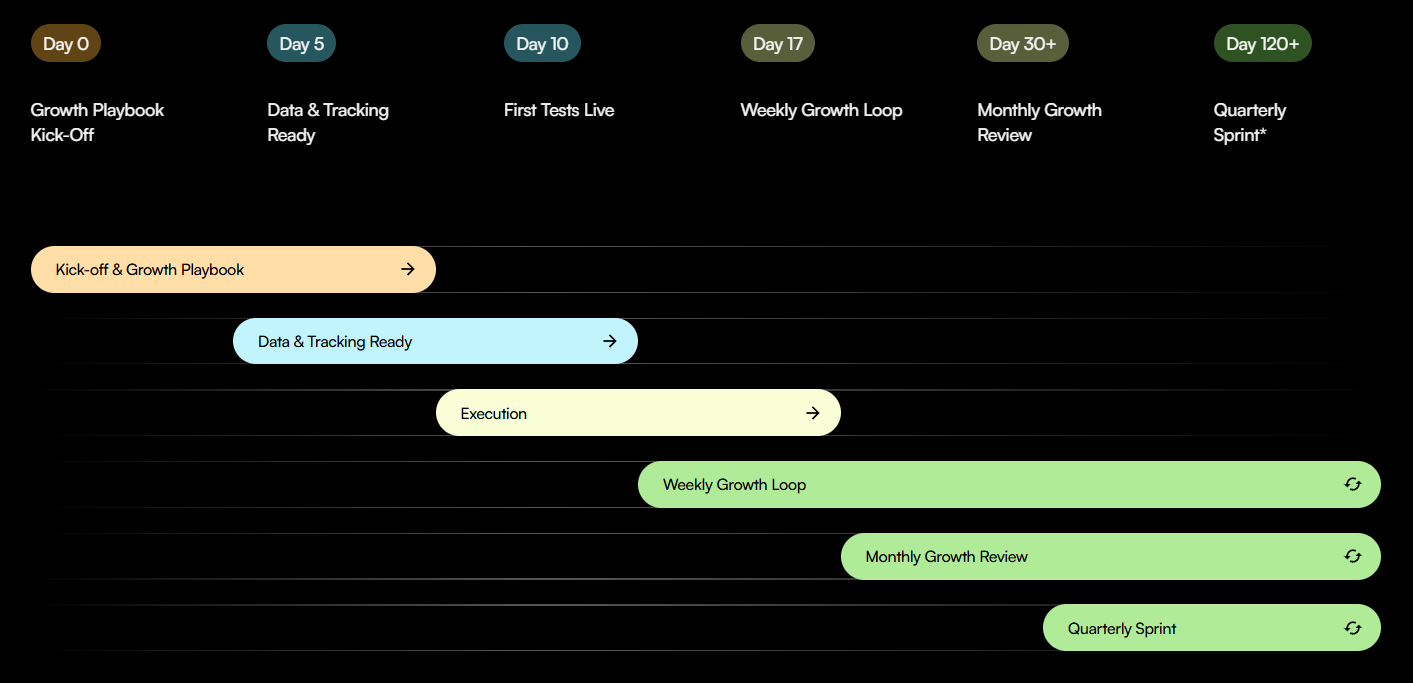
Strategic Insights
1. Utilities buy standardization before they buy innovation.
Framing powerWatch as an easy to implement industry standard, not just a piece of technology, reduced perceived risk and accelerated qualification.
2. Workflow simplification wins over features.
Utilities responded to straightforward messaging that highlighted practical operational relief. This means communicating fewer handoffs, faster commissioning before getting lost in product specs.
3. Trust travels through people.
References from existing clients were articulated and built into sales assets, so that the credibility from existing utilities (CMP and UI) carried more influence than any direct marketing claims.
4. Procurement mirrors process rather than persuasion.
Structuring GTM around internal review steps created instant familiarity and credibility.

Results
Within 120 days of kickoff we achieved:
- Two sales-qualified opportunities with major IOUs
- Full GTM stack built: website, sales collateral, ABM lists, reporting
- Recognition from multiple IOUs (Eversource, CMP, UI)
- Passed initial cybersecurity and SCADA review checkpoints
- Installed repeatable 120-day GTM system with measurable pipeline velocity
How We Navigated Utility Procurement
Utilities operate through strict internal standards, compliance rules, and cross-department approvals. We structured Loopback’s entire GTM around these processes.
Examples:
- Materials matched the OPT-18 and ISO-NE document format used by New England IOUs.
- Security documentation followed NERC-CIP alignment language.
- The Customer Guide for United Illuminating became a working model for field commissioning documentation.
- Eversource’s validation confirmed that our “RTAC-plus” framing resonated across GridMod and Telecom teams.
By aligning with utility processes instead of fighting them, Loopback gained credibility and avoided typical vendor friction.

Sustained Impact
Loopback now operates with a full 120-day GTM framework that can be reused for new markets and products. The core system components include:
- Strategic messaging architecture built on buyer outcomes
- ABM workflow synced with queue and regulatory data
- Performance dashboards tracking sales and engagement
- Recurring growth loops for continuous optimization
This framework gives Loopback a scalable, process-driven approach to expanding its pipeline across North America, building the groundwork for a healthy and sustainable scale-up process.
“If you have a viable product and need to break out, Cleantech Growthlab is your solution.
They gave us consistency, a real go-to-market strategy, and the foundation for a results-driven future.”
— Seth Hallam, Founder, Loopback Systems
Stay in the loop
Follow us on LinkedIn for more industry insights and resources to help increase your ROI.
Learn from our client stories
Get stories from the field and see the difference our results make.

